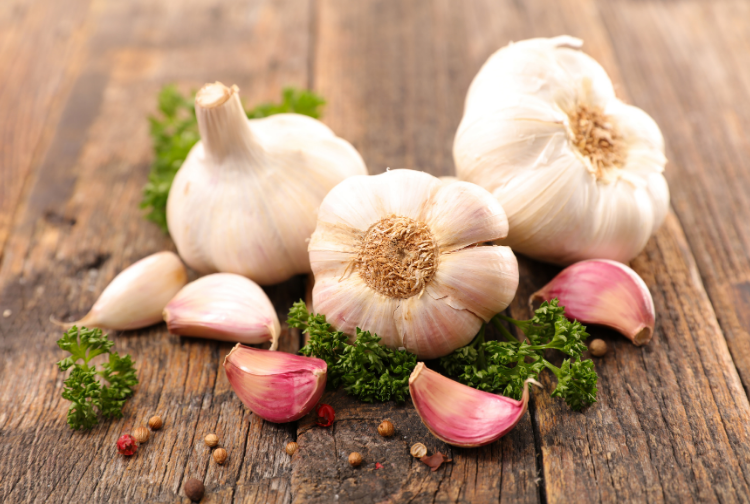These are some popular foods in the regions that contain the highest concentrations of centenarians.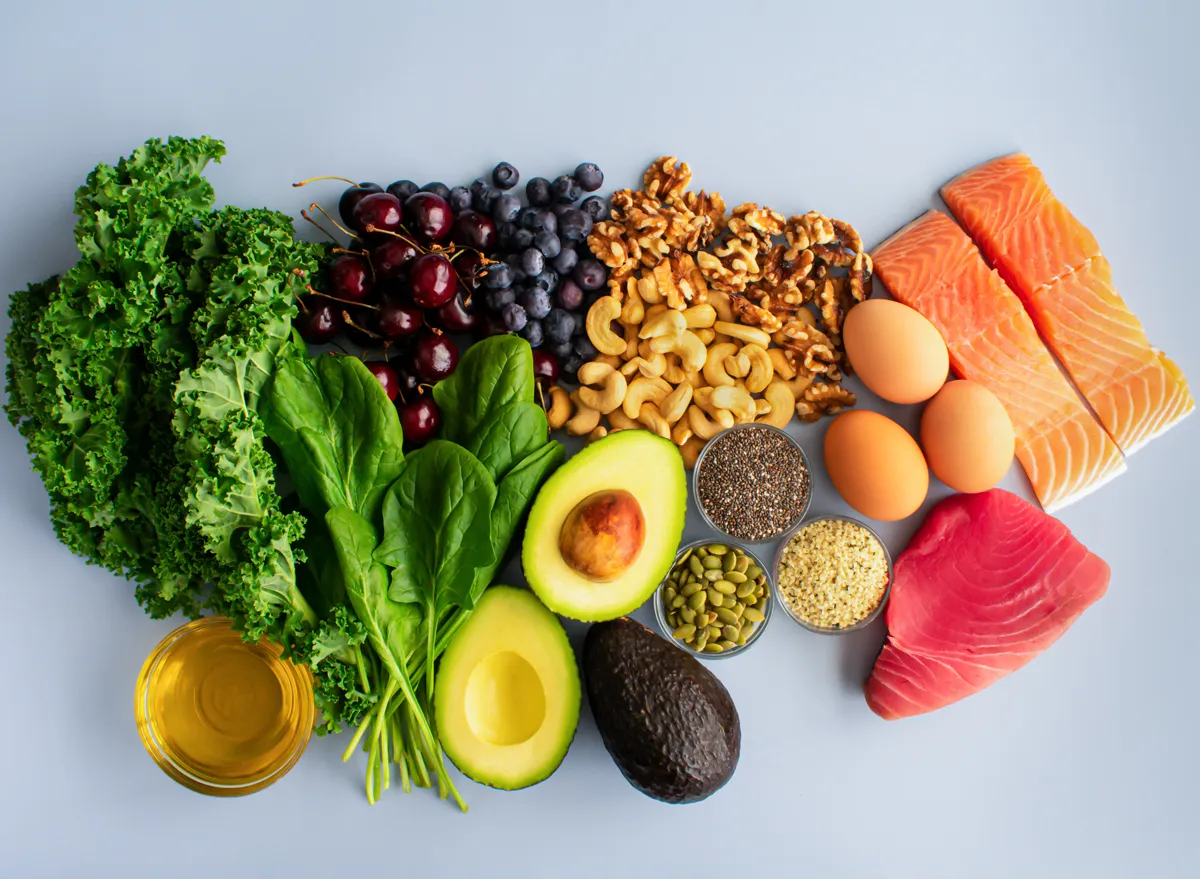
Let’s face it, there are many things about the way we eat in the United States that could be much healthier. In fact, the Standard American Diet, which is full of processed foods, added sugar, and saturated fats, contributes to many health complications in our country. Thankfully, we have other places in the world to pull inspiration from. The Blue Zones, for example, are five regions of the world where the highest concentrations of centenarians exist, and we can learn a lot from the way the longest living people in the world eat on a daily basis.
These regions include Sardinia in Itay, Okinawa in Japan, Ikaria in Greece, Nicoya in Costa Rica, and Loma Linda in California. And while each of the zones consumes different foods unique to their landscape and lifestyle, they have many general eating habits in common with one another. For example, these areas eat largely plant-based, incorporate plenty of whole grains, consume multiple servings of fruit and vegetables a day, and limit their consumption of processed food and added sugars.
In the U.S., it can be helpful to learn about these nutrition patterns practiced by other parts of the globe to see what we can incorporate in our own daily lives to be a little bit healthier. Here are some of the foods that the longest-living people in the world eat on a regular basis, and for more healthy eating tips, check out 5 Breakfast Habits To Live Like the World’s Oldest People.
1.Whole grains According to the American Journal of Lifestyle Medicine, many of the Blue Zone regions consume whole grains on a regular basis, especially Sardinia and Ikaria.
According to the American Journal of Lifestyle Medicine, many of the Blue Zone regions consume whole grains on a regular basis, especially Sardinia and Ikaria.
These whole grains include things like oats, quinoa, brown rice, farro, and whole grain bread.For many of us here in the U.S., this may seem strange or even uncomfortable, because we’ve been told for decades that “carbs are bad.” However, whole grains have been proven to benefit our health in many ways. This type of grain, which differs from white, refined grains in that it is still fully intact, is known to help manage blood sugar, lower cholesterol, and even help reduce the risk of cardiovascular disease and type 2 diabetes.
2.Avocados
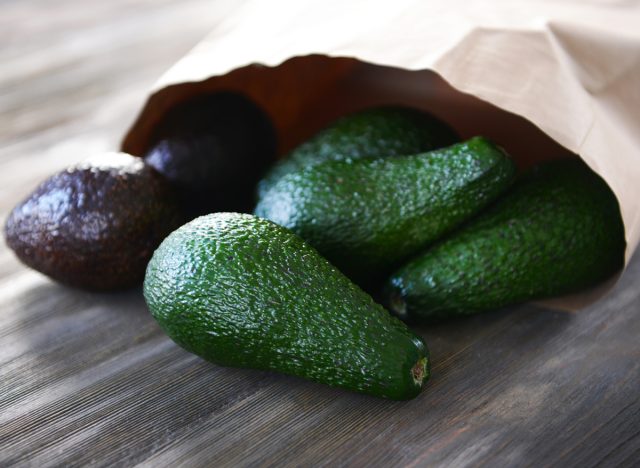
Loma Linda in California is one of the five Blue Zones and is a community that is uniquely made up of mostly Seventh-Day Adventists. Along with regular religious practice and a weekly period of 24 hours to be in quiet contemplation, those in this community also eat a largely vegetarian diet full of healthy foods.
Avocados, which have a long list of health benefits, are a staple for the Loma Linda community, according to NPR. Knowing this, it comes as no surprise that the people of Loma Linda remain so healthy, because avocados provide a multitude of health benefits. For one, avocados have been found to help manage weight and decrease your risk for obesity and type 2 diabetes. Because of their high levels of healthy fats, research has discovered that avocados may be able to help lower the risk of cardiovascular disease as well.
3.Beans
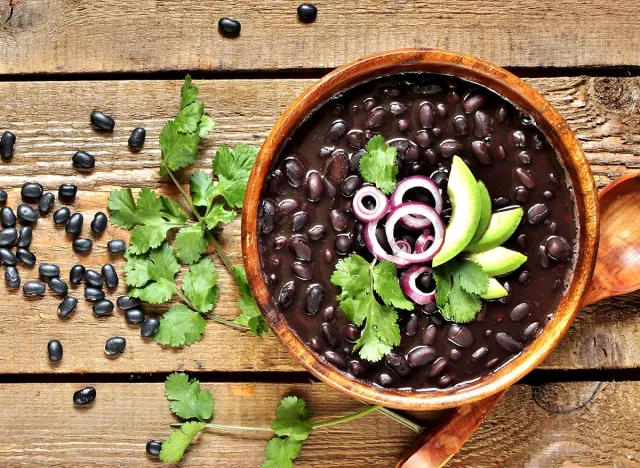
Beans are a staple in most Blue Zones and provide helpful amounts of fiber and other nutrients that help fight disease. For example, black-eyed peas are a normal part of a daily diet in Ikaria, Greece, and these beans have been found to have anti-cancer, heart-healthy, and anti-diabetes properties.
The Nicoya community from Costa Rica eats black beans on a daily basis, often with rice and corn tortillas. Black beans have high amounts of fiber and antioxidants and are known to help manage diabetes, prevent cancer, and lower your risk of heart disease.
4.Garlic
The community of Ikaria, Greece eats garlic on a regular basis. Garlic, which has been used for its medicinal properties in other cultures for centuries, has been associated with treating the common cold or flu, and studies have shown it can help shorten the length of time that someone is sick with an illness.
On top of those benefits, a report from Antioxidants says that garlic has antioxidant and anti-inflammatory properties and is known to help prevent certain cancers, diabetes, and cardiovascular diseases.
5.Potatoes

White potatoes are a staple for those who live in Ikaria, Greece, and purple sweet potatoes (called imo) are consumed in Okinawa, Japan on a regular basis.
Purple sweet potatoes contain a phytochemical called anthocyanins, which are known to help prevent disease. Sweet potatoes are also rich in vitamin A, B6, C, potassium, and fiber. While some people assume that white potatoes aren’t healthy because of their high carbohydrate content, they actually contain antioxidants that studies have found may be able to help shrink cancer cells. Some research has also found that white potatoes may help manage blood sugar levels, but talk with your doctor about this first.
6.Olive oil

The Ikarians love using olive oil on a regular basis. A report published in Nutrients found that extra virgin olive oil has a lengthy list of proven health benefits, which is why many people in the Mediterranean where EVOO is widely used are found to be among some of the healthiest people in the world.
For example, olive oil (via the Nutrients report) was found to help with weight management, help lower blood pressure, reduce risk of certain cancers, and contribute to your overall health with its anti-inflammatory properties.
RELATED: This Surprising Habit Keeps the Longest Living People Thin
7.Fish
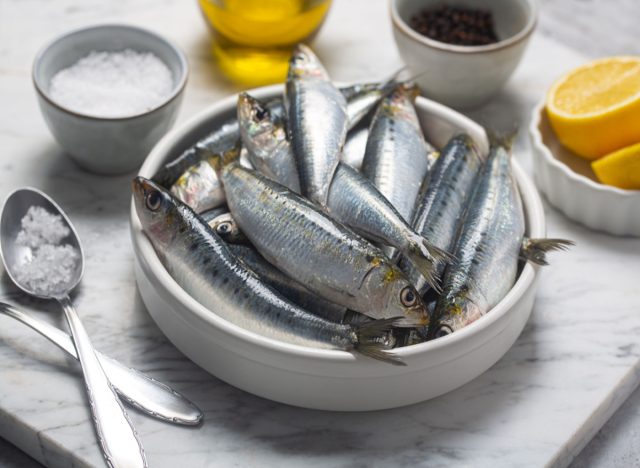
Fish is commonly consumed by the Adventists in Loma Linda, even by those in the community that are mostly plant-based. According to the Adventist Health Study 2, pescatarians (also known as pesto-vegetarians, or people who eat a largely vegetarian diet with a little bit of fish daily), were the ones who lived the longest and were the healthiest on average.
Many of the Blue Zone regions eat small fish species like cod, anchovies, and sardines, which according to the Blue Zones website are “middle-of-the-food-chain” fish that contain very little mercury.
8.Sourdough bread
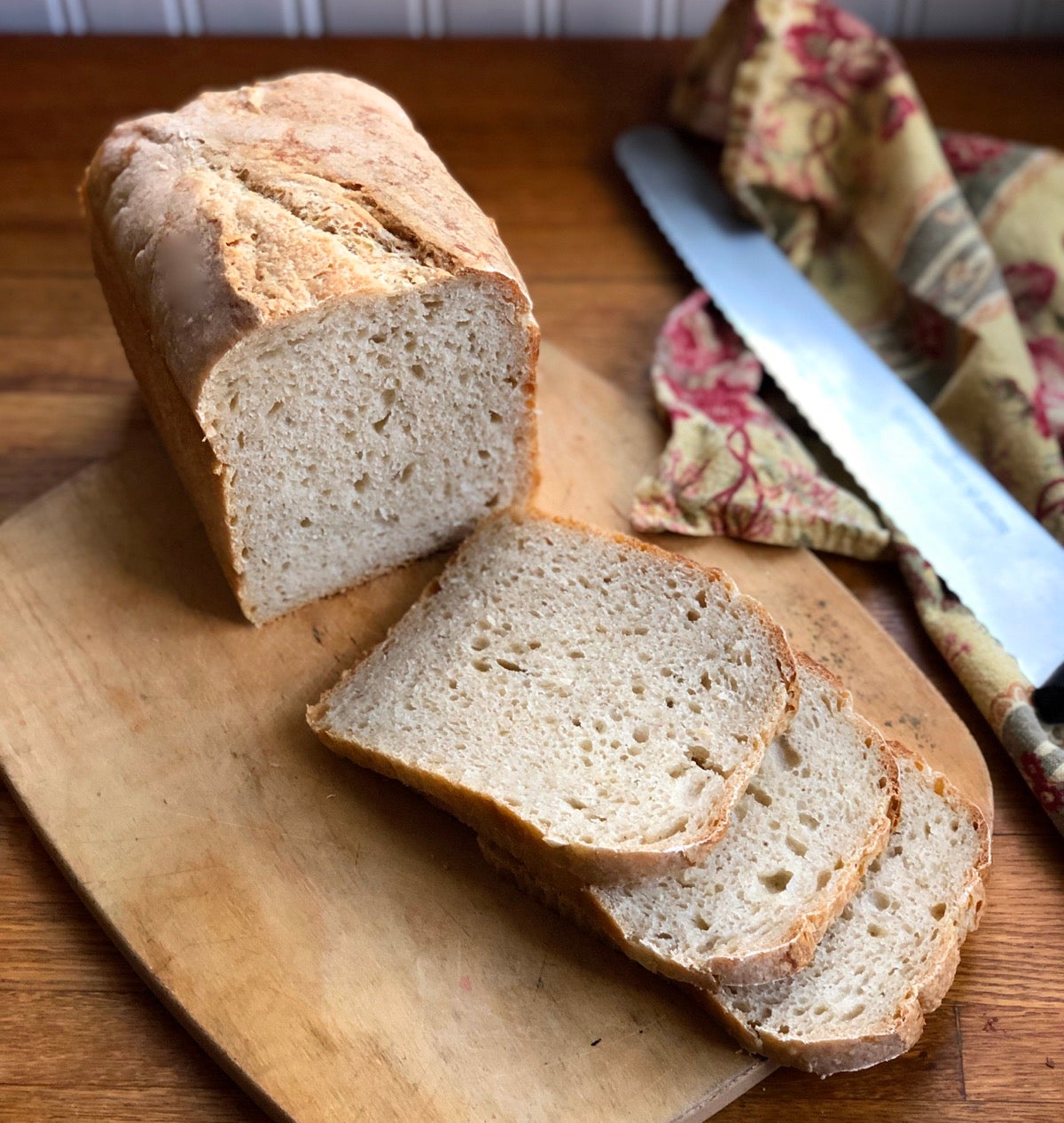
Sardinia, Italy is another region known as a Blue Zone, and the people in the community consume foods like goat’s milk, flatbread, chickpeas, and sourdough bread.
Dan Buettner, founder of the Blue Zones Project, includes a recipe for Ikarian sourdough bread on his website. He writes that this type of bread can help eliminate the gluten, make digestion easier by breaking up its simple sugars, and can overall make for a healthy experience. In fact, research shows that sourdough has the ability to aid in healthy digestion and alter the gut microbiome, while also lowering the glycemic load.
9.Tomatoes
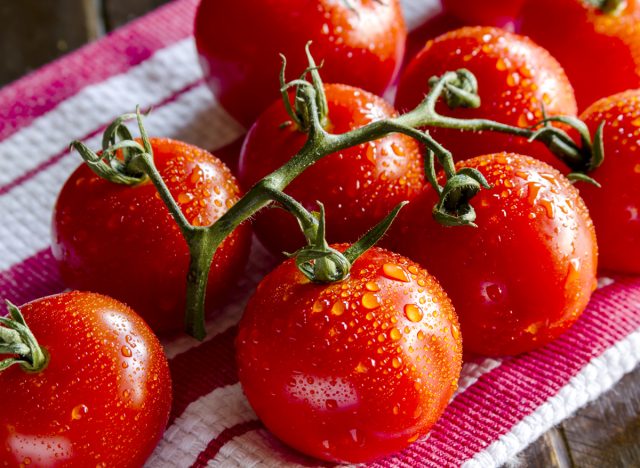
Sardinians love their tomatoes and use them in quite a few of their dishes. Tomatoes contain lycopene, which is an antioxidant known for its anti-inflammatory properties, as well as its ability to help lower blood pressure, reduce the risk of metabolic syndrome and stroke, as well as improve heart health.
More specifically, cherry tomatoes contain higher levels of beta carotene, which research has found can help lower the risk of tumor development related to prostate cancer.
RELATED: One Major Side Effect of Eating Tomatoes, Says Science
10.Wine
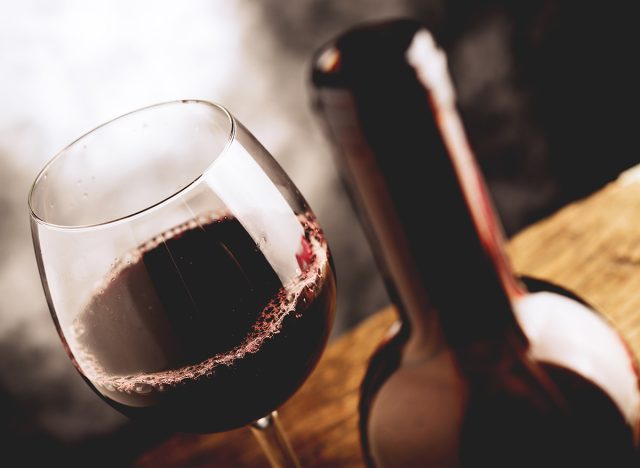
This may be the best news you’ve heard all day. Yes, many Blue Zone regions consume daily glasses of red wine as a part of their healthy diet. According to the Blue Zones official website, many people in these regions drink around two glasses a day, and Sardinians drink a specific red wine called Cannonau wine.
Some research studies back up the hypothesis that wine may lead to longevity, with the conclusion that red wine can be beneficial to your heart health because of its antioxidants and polyphenol content. Of course, with any alcohol, moderation is key and you should always talk with a doctor about any questions you may have. And, if you aren’t really a drinker or only drink on occasion, these findings don’t mean you should start drinking more! There are plenty of other ways to incorporate the health habits of the longest living people.
A previous version of this story was published on June 1, 2022. It has been updated to include additional copy and proofreading revisions, additional research, and updated contextual links.
Source: https://www.eatthis.com



